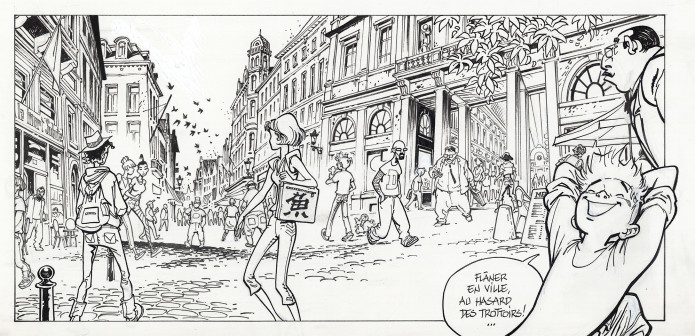
Spirou outside Les Galeries Royales Saint-Hubert in Brussels. By Frank Pé & Zidrou (2016).
This has been a terrible week in Belgium, and our thoughts are with the victims of the attacks in Brussels. If Spirou Reporter were to mark every atrocity committed throughout the world, this would be a far more depressing blog than it is or should be. However, when deadly terror hits Spirou’s home town, that should probably be acknowledged in some way…
Perhaps one way to do that is to feature these pages from the upcoming Spirou album by Frank Pé, variously known as La Lumière de Bornéo (“The Light from Borneo”) and L’Okapi blanc (“The White Okapi”), which have been released in connection with an exhibition that opened this week at the Belgian Comic Strip Center (CBBD; the official opening was postponed in response to the tragic events, but the exhibition remains open to the public), particularly in an in-depth interview with Alexis Seny for Branchés Culture (part 1, part 2). Several scenes of the album take place in recognizable spots in Brussels.
The exhibition features the first fifteen pages of the album (which will run 82 pages in total), fourteen of which are posted to Branchés Culture, and the fifteenth having previously been seen:
The interview with Frank is too long to translate in full, which is a shame as it is very interesting and touches on many aspects of his life, art, career and philosophy. However, here’s an excerpt of the bit that deals directly with Spirou:
Frank, you are currently working on two established series. Spirou as well as the classic Little Nemo. How did these projects come about?
… After [Portraits Héroïques, a book with portrait paintings of famous comic characters, including several from Spirou], I was asked to work on Little Nemo, while I also wanted to do Spirou. Which was eventually done in a very logical manner according to my own approach.
Particularly since I’m indebted to Franquin, and because it’s very suited to the current trend in comics, which is like music. There’s a return to fundamentals. The singers you hear on the radio are not afraid to sing covers, sometimes much better than the originals, sometimes not at all, but it doesn’t matter. Why not do the same thing in comics?
And you do see that happening.
We’re in the middle of a crisis of creativity, with an increased focus on safe bets to boot. So that gives this big trend of “cover versions”. I signed up without really knowing about this trend. And I’m very happy about it, it’s just the right thing for me to do. And I’m thrilled with this Spirou album! My next project will also take up a very famous character, which should be just as exciting. But my lips are sealed, I can’t reveal it.
Some would no doubt argue that it’s less personal?
I don’t see how! To be honest, you need one hell of a personal take on it if you want to not just imitate the style, but get to the underpinnings of a series.
You need to know how to imbue it with your personality as well!
There are two ways to go about it. Either you can try to sing like the Beatles and attempt to get just the same sound, crackles and all. Or you can look for your own interpretation of the song that moved you when you were young. And that’s a completely different matter. You measure yourself against giants, you don’t try to be a small follower. And that’s when it gets exciting.
What is the origin of this Spirou album?
It goes back a long time! When I first started out, I still remember that my mates and I would talk about how Franquin took over Spirou from Jijé, who inherited him from Rob-Vel. It wasn’t his own character, but in taking it over, Franquin created something brilliant. Then we got to the era when Nic Broca and Cauvin took over Spirou, and that was no good at all! And we, ambitious as we were, we observed how the character was going down the drain, and we would say to each other “Oh, if we could get a chance to do it, then you’d see!”
And that stayed with me. I carried this crazy dream to one day have a go at the series. Not in order to outdo everyone else: After Franquin, that would be absurd! But to add one small brick of my skills to the common edifice, that idea appealed to me. In every work there are always blank spots and bits where you tell yourself that you can add a little something. Sometimes you get screw it up, sometimes not. And so I carried this project with me for a long time, but I didn’t do anything about it until six or seven years ago.
Why?
I wrote a script that I wasn’t very happy with. Then with the publisher, who thought the idea was interesting, we looked for a writer and found Zidrou. It was a perfect match. He brought his know-how on top of his technical and professional skills, and it became a story shared by the both of us. And then to tell it, to draw it, that’s taken a year and a half.
And in addition the story is 82 pages long! Especially when you work on someone else’s series, it’s always a bit more difficult at the beginning. You have to find your footing, work out your style, introduce new characters. In this book, there was a huge amount to create: scenery that didn’t exist, vehicles, the whole setting of the circus and then the animals. A lot of stuff. And then in this particular case, the story involves magical paintings. And I’m going to paint these scenes, in addition to the comic pages. They’ll be included in between the pages of the story. I haven’t done them yet. I’m working on the last 23 pages. I’m in the final stretch. At first, it goes slowly, then in the middle you start finding your rhythm, and towards the end it goes a bit faster.
Can you give us a blurb for what the story is about?
The history deals with an art phenomenon. There are these modern paintings, in an art gallery. They’ve been sent anonymously to a gallery in Brussels. No one knows where they come from, but anyone who sees them is utterly fascinated. It’s completely inexplicable. That’s the first mystery.
The second mystery: Mushrooms are invading the planet, and Champignac is called to the rescue. What makes it so strange is that this is a very bizarre fungus, without spores or mycelium. They shouldn’t be able to reproduce, and yet… they invade everywhere.
And where does Spirou fit in with all this?
Events unfold in a circus, in which we find… Noé, the animal trainer from Bravo les Brothers (“The Bravo Bros.”). Spirou follows his trail. Noé is surrounded by animals, and they’ll all be at the center of the two mysteries. So those are the ingredients. There’s going to be a quite a lot of the circus, a bit of Champignac, and the Mayor. And Fantasio, of course.
The story takes place in the near future, with a Spirou who’s gotten a bit older and wears glasses; he doesn’t see so well any more. He’s going to have to pass the mantle of hero on to a younger kid. It’s all very new to him, he’s a bit awkward: he’s never had any children, and yet the next generation is here and growing up. Spirou starts to settle down.
You’re dropping the stereotypical hero who never ages and who is impervious to love or family right into the real world!
There’s also a little girl who drags him around everywhere. But to me, that’s what you have to do when you take on an existing series. You have to put the character in a context close to reality. Otherwise you’re just working with clichés, and the characters become inconsistent. To create consistence – and that’s the goal of the Le Spirou de… [one-shot] series – you have to breathe as much life as possible into the heroes.

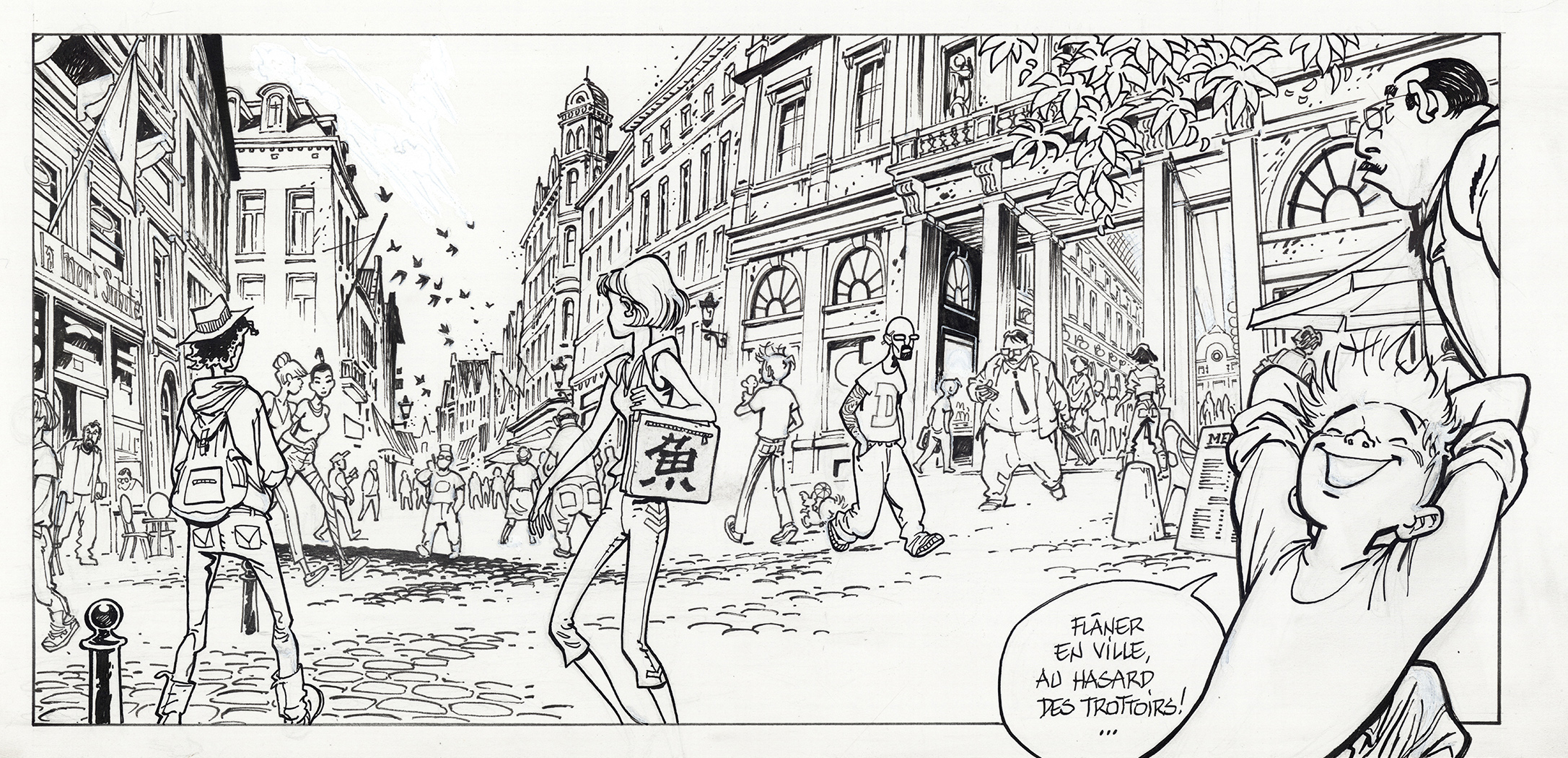
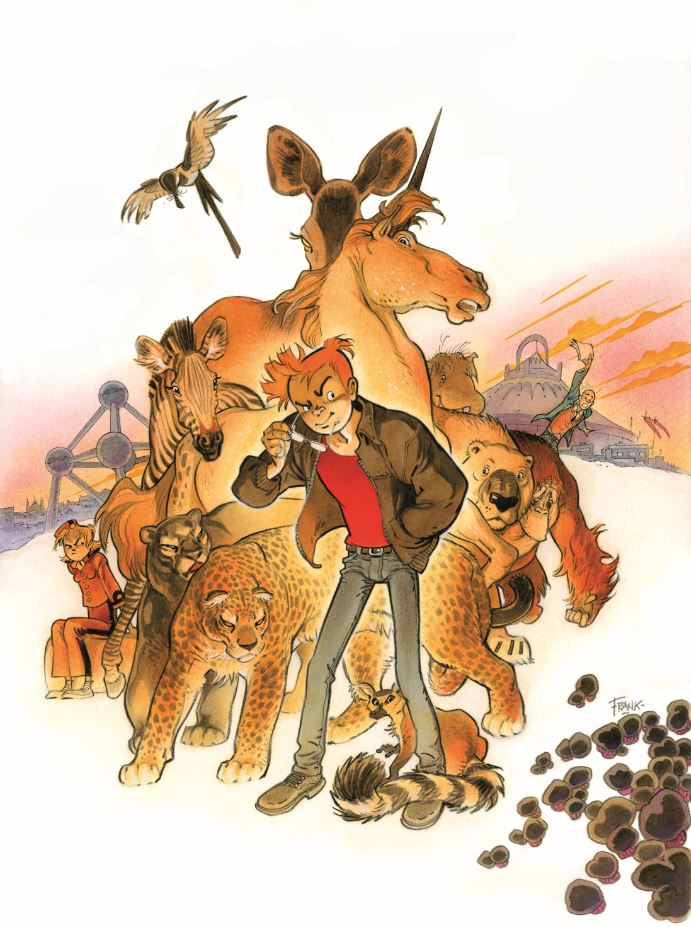
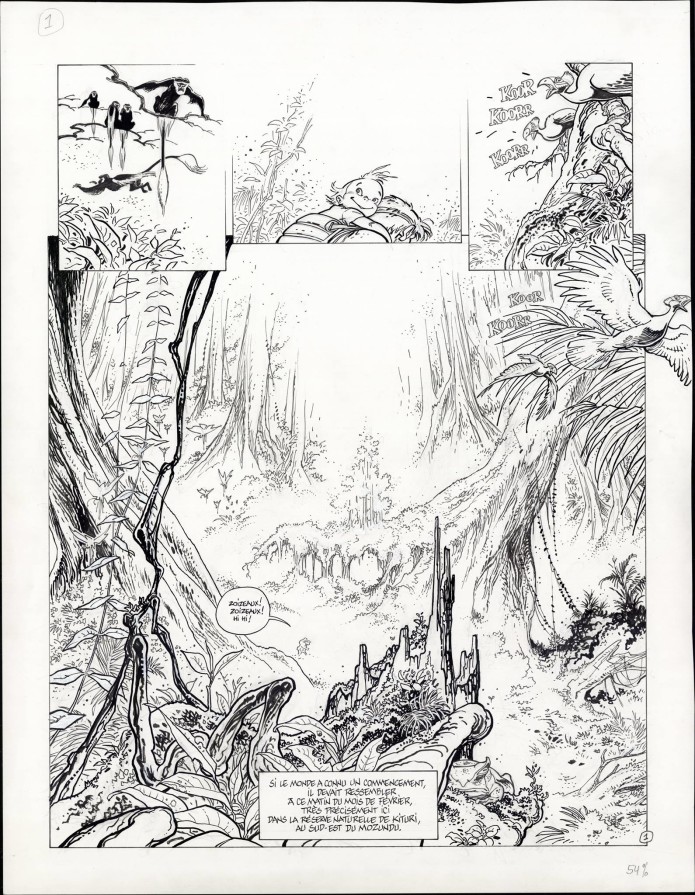
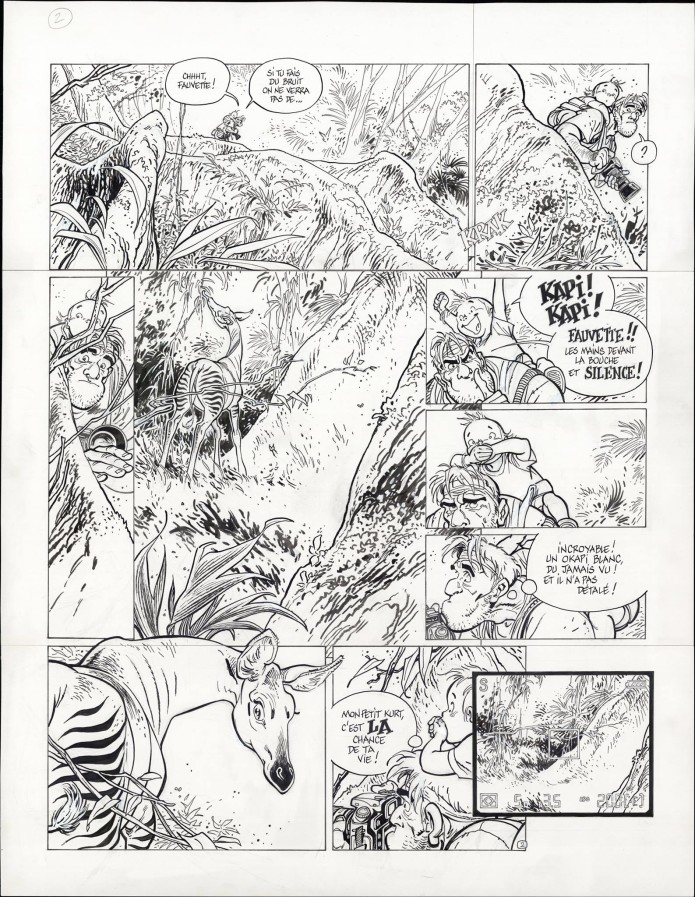
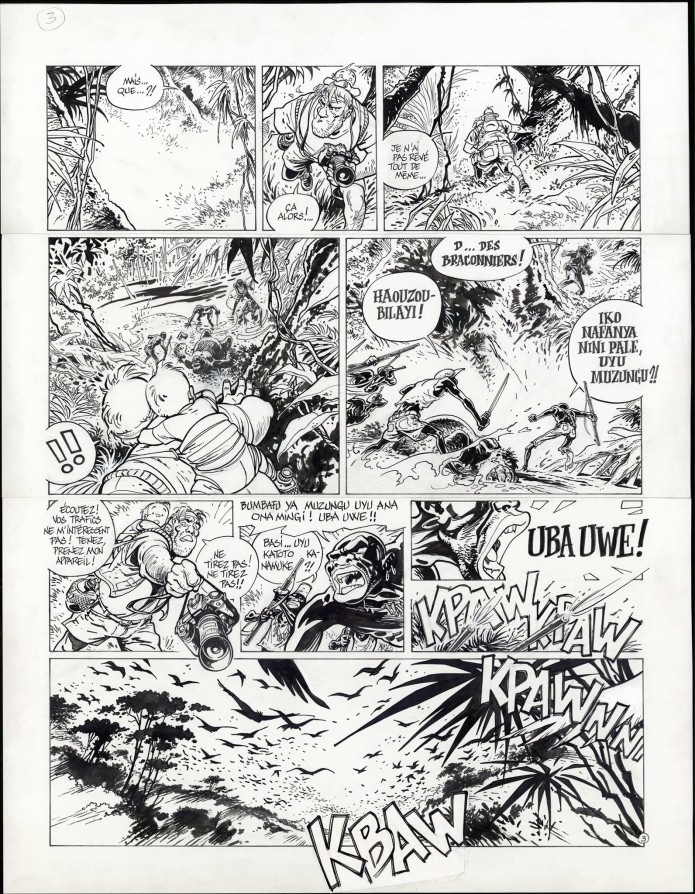
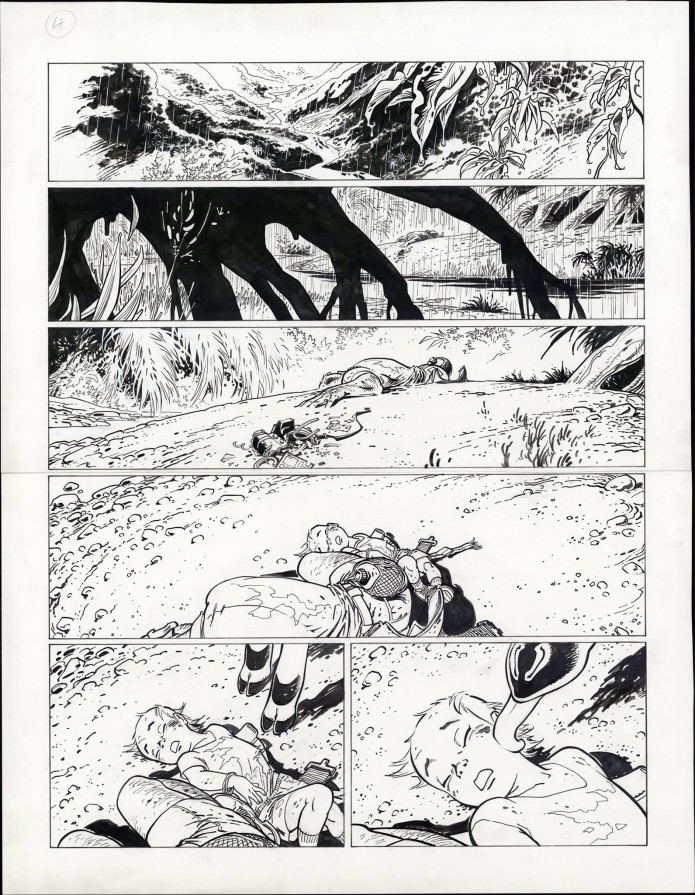
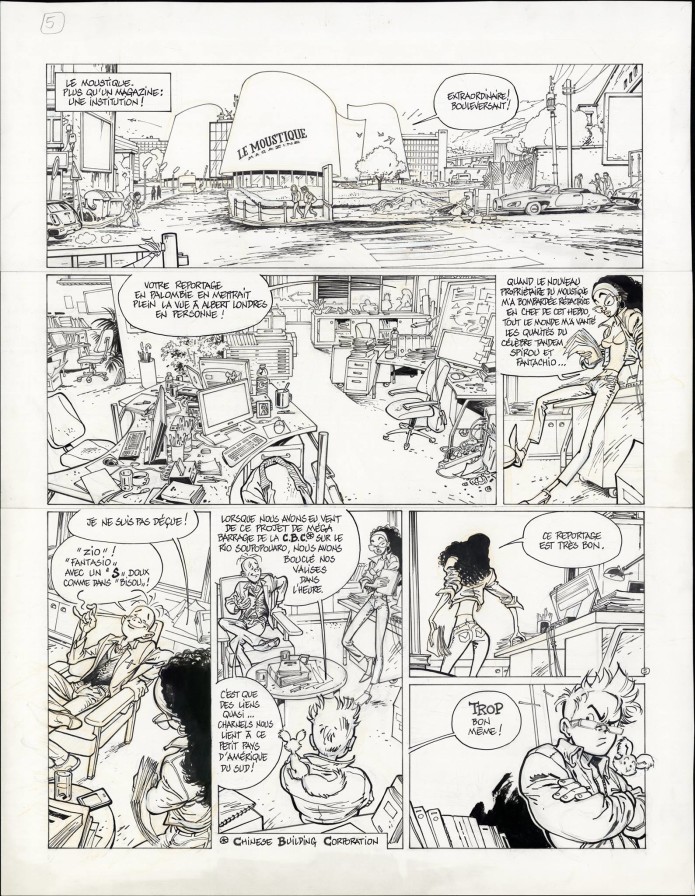
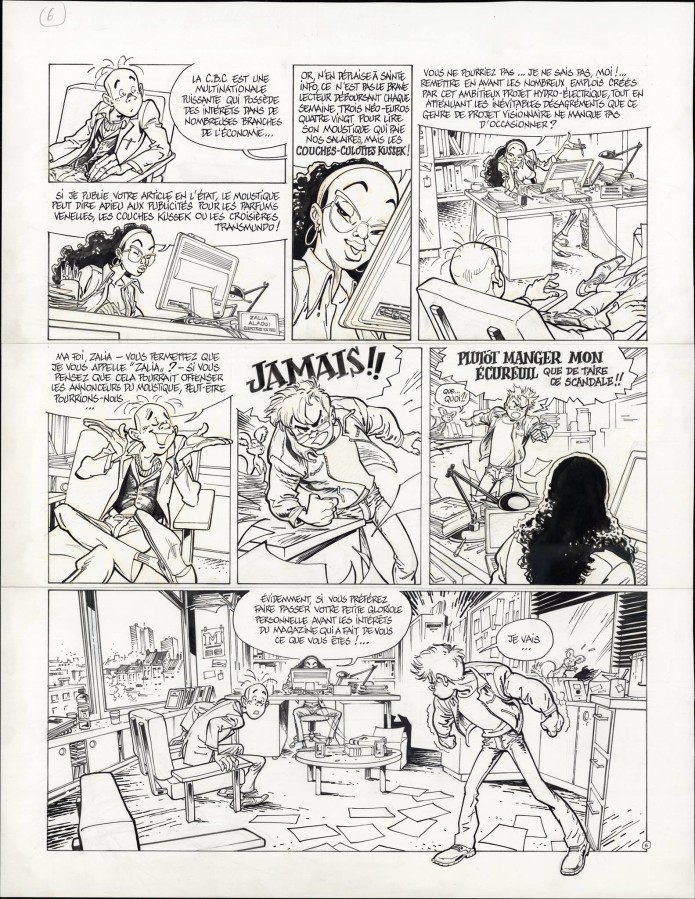
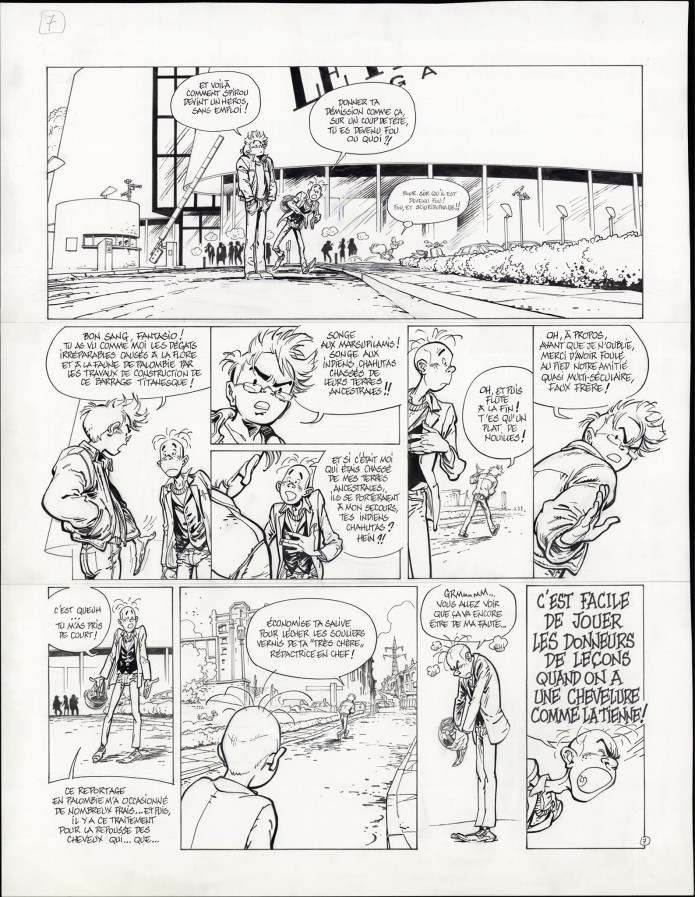
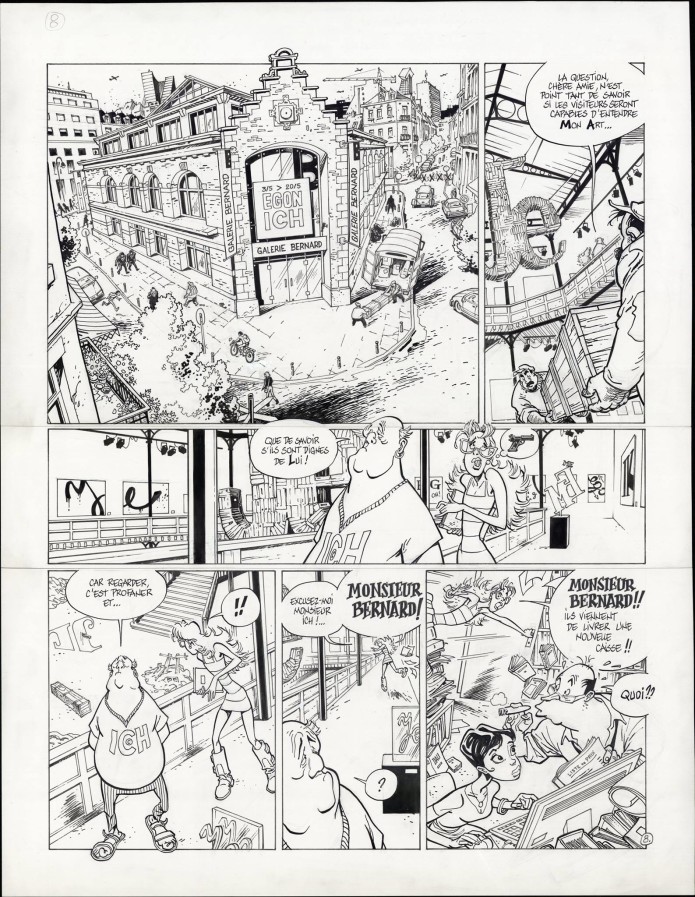
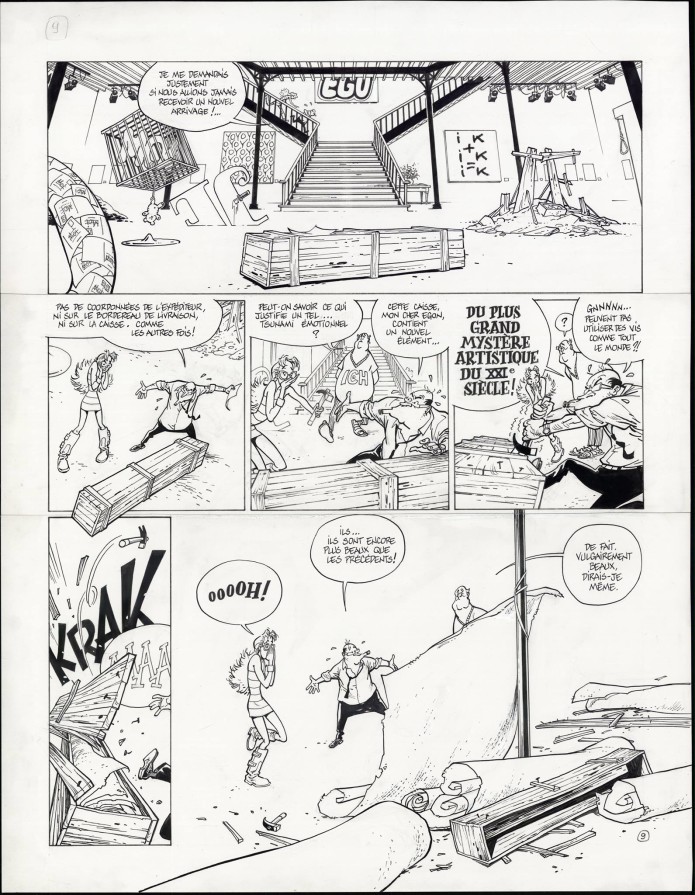
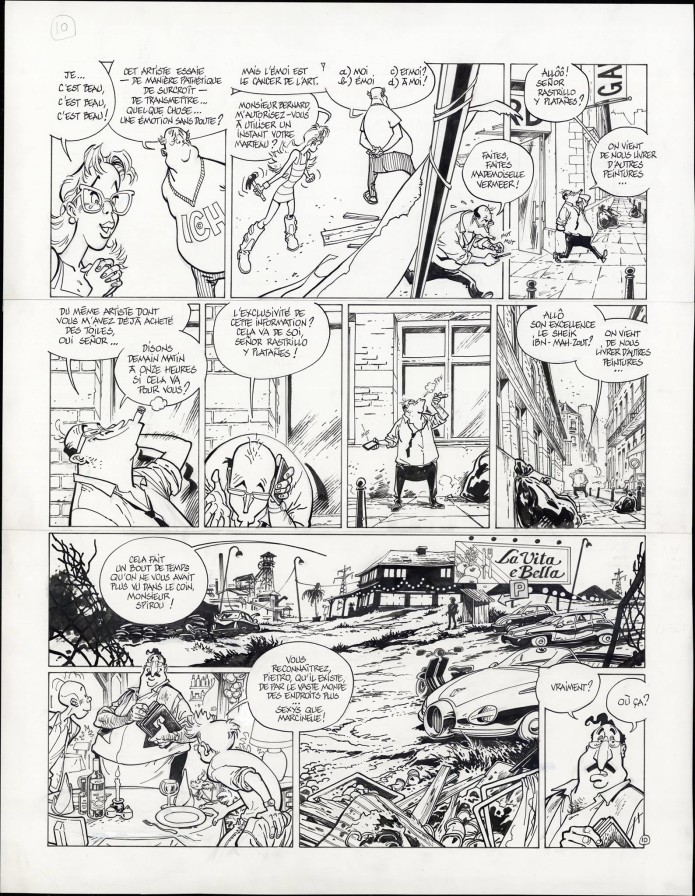
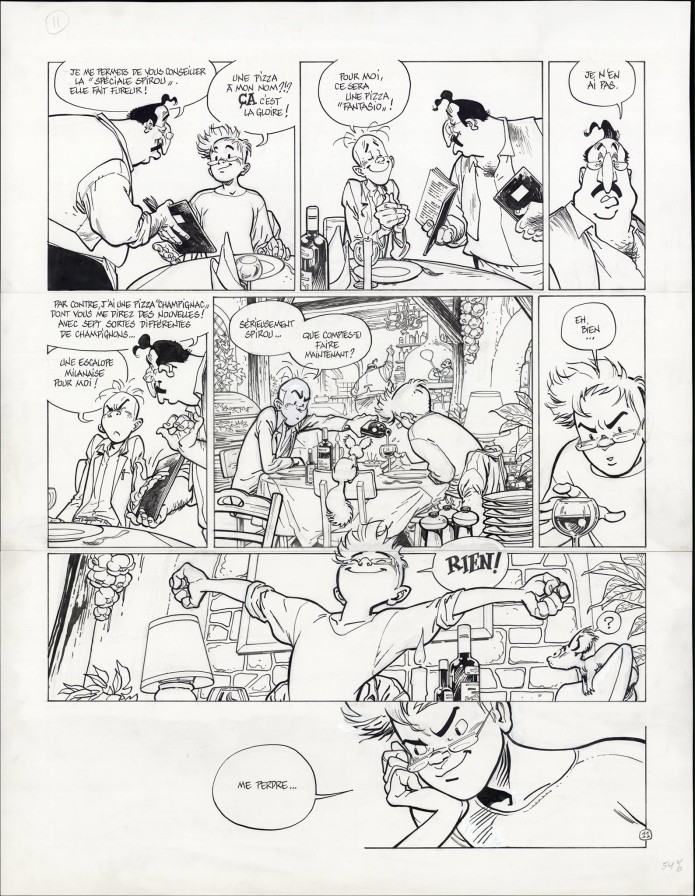
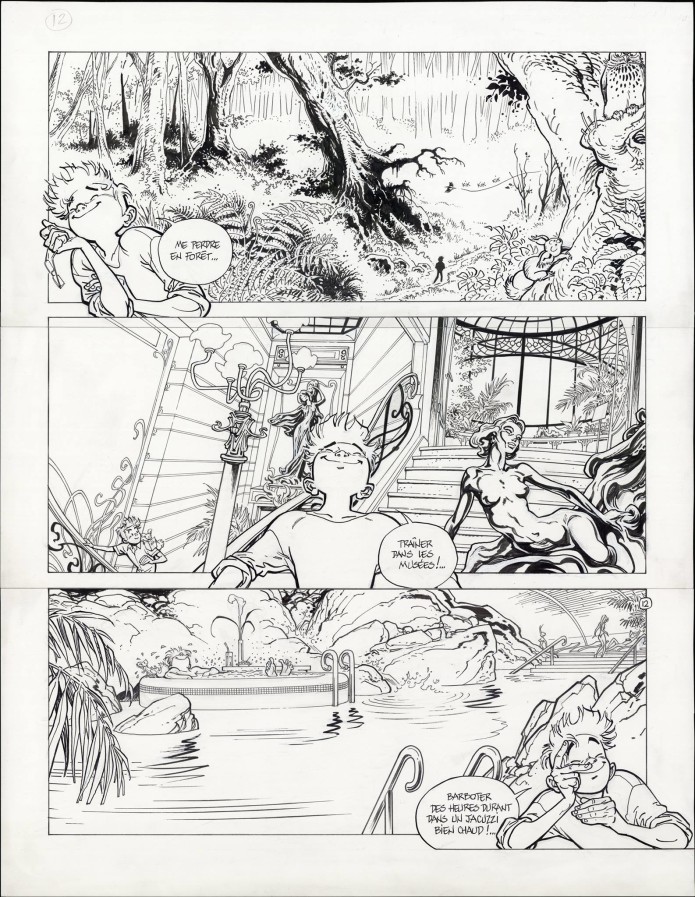
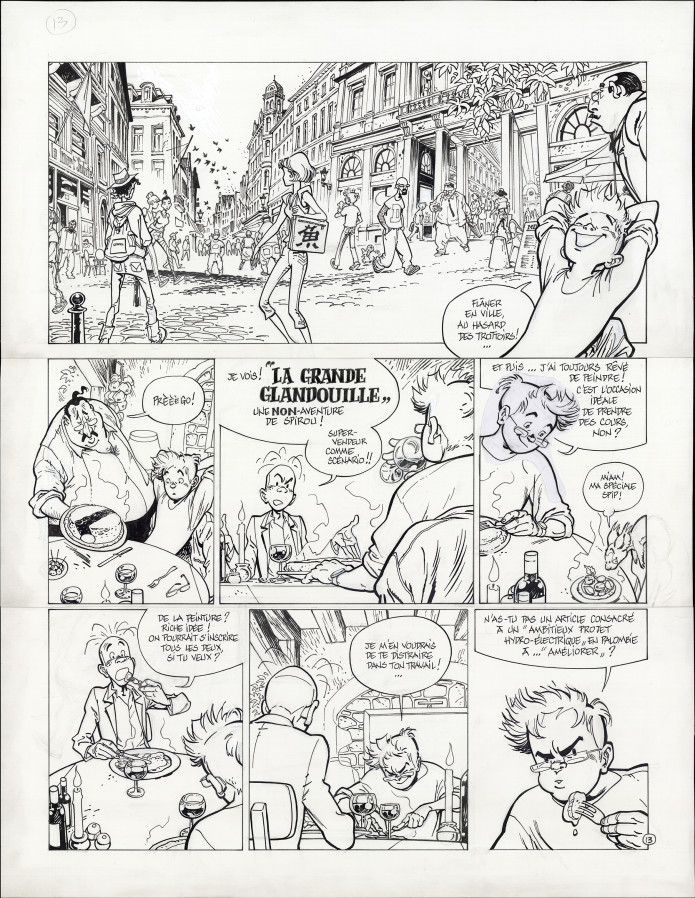
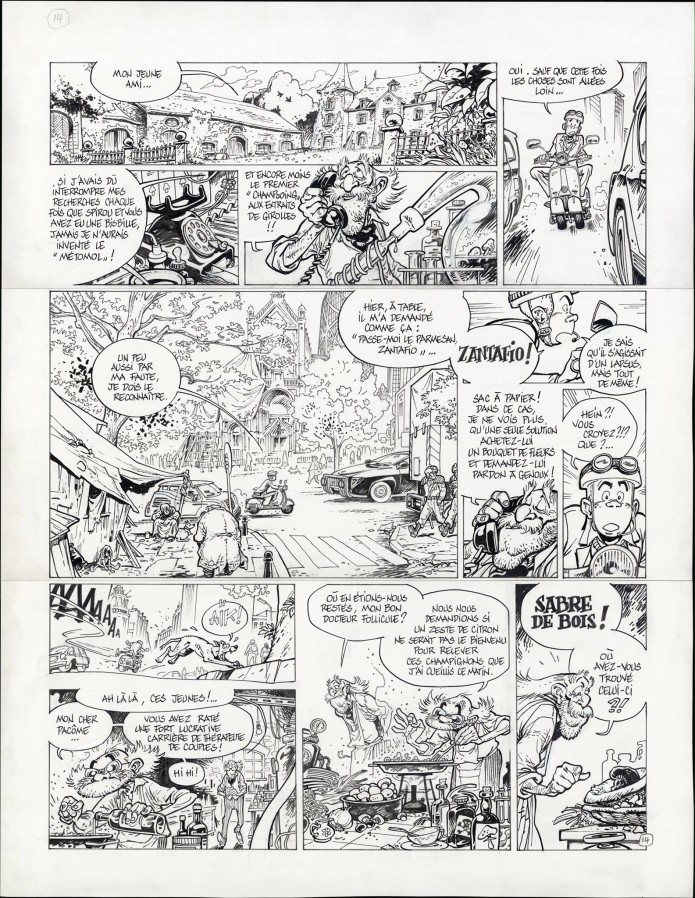
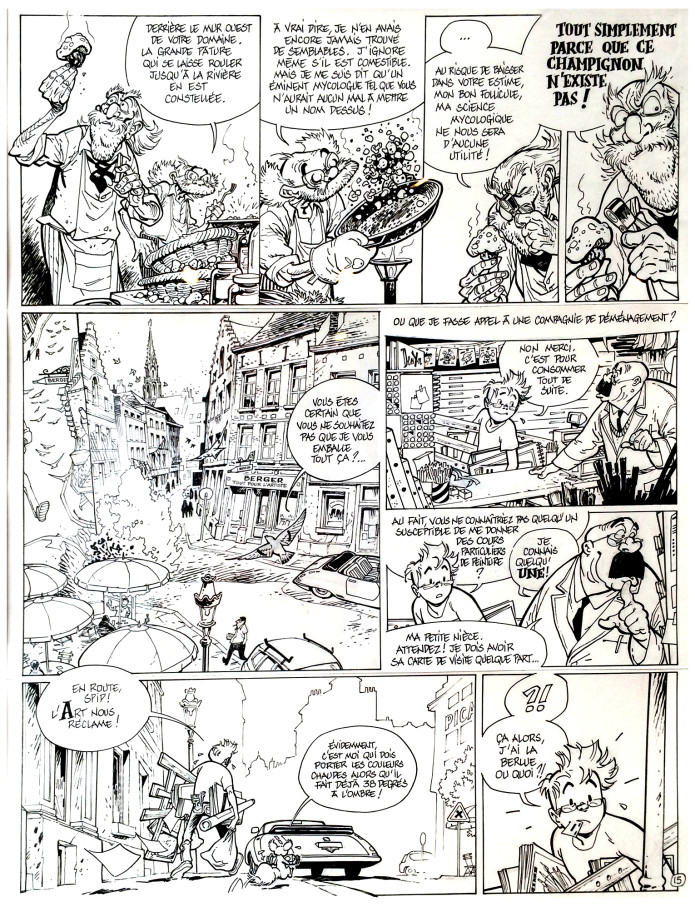
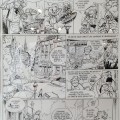
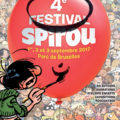
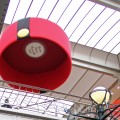

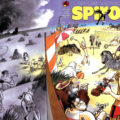


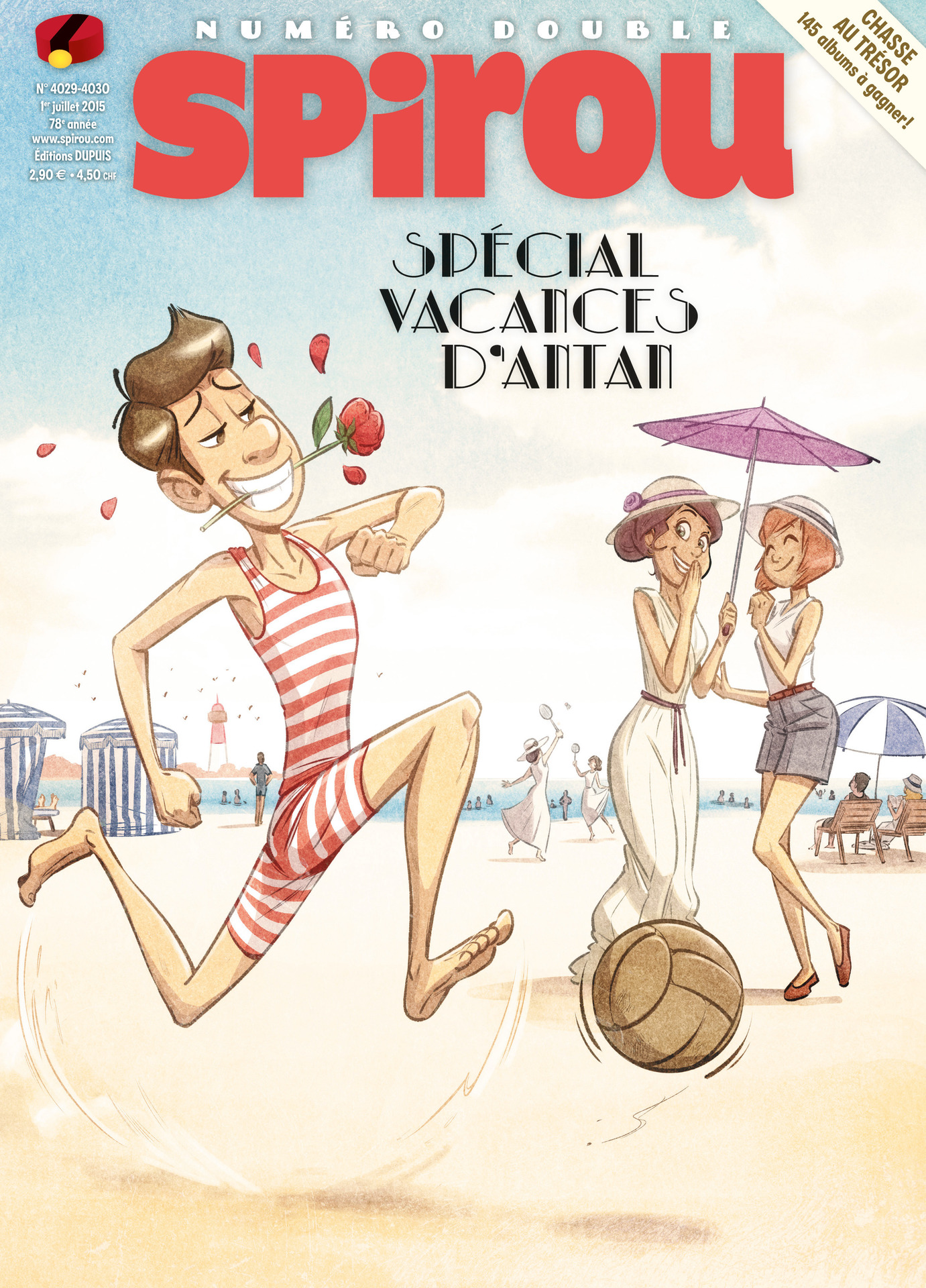
The information and images in the post are taken almost entirely from here: http://branchesculture.com/2016/03/22/interview-de-frank-pe-partie-2-exposition-centre-belge-bd/
Trond Gulvik Larsen liked this on Facebook.
Baka Heo Thi liked this on Facebook.
Branchés Culture liked this on Facebook.
Alexis Seny liked this on Facebook.
wow these pages look really good!!!! this might be, next to franquin offcourse, my favourite rendition of the character…
Wallie Hakkens liked this on Facebook.
Akane Varkos liked this on Facebook.
Jakob Nilsson liked this on Facebook.
Alex van Koten liked this on Facebook.
Helge Kvingedal liked this on Facebook.
Juanjo Rodríguez liked this on Facebook.
Robert van der Kroft liked this on Facebook.
Sarah Joy liked this on Facebook.
Jean Marie Overtus liked this on Facebook.
Gaizka Mata Vila liked this on Facebook.
Kai Koffer liked this on Facebook.
Pieter A. Bell liked this on Facebook.
Scenes of Brussels in Frank Pé’s upcoming Spirou album ‘L’Okapi blanc’ https://t.co/68TaeCMRW0 #JeSuisBruxelles https://t.co/WSxobdQHO7
RT @klaustoon: Scenes of Brussels in Frank Pé’s upcoming Spirou album ‘L’Okapi blanc’ https://t.co/68TaeCMRW0 #JeSuisBruxelles https://t.co…
RT @klaustoon: Scenes of Brussels in Frank Pé’s upcoming Spirou album ‘L’Okapi blanc’ https://t.co/68TaeCMRW0 #JeSuisBruxelles https://t.co…
Dimitri Yashida Varkos liked this on Facebook.